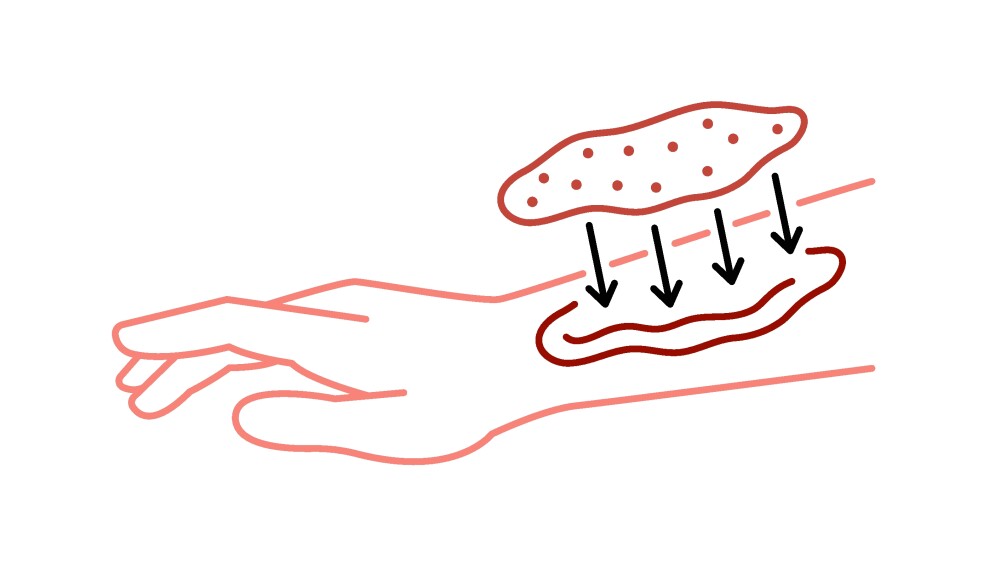Jefferies analyst Michael Yee in a note to investors called rocatinlimab’s atopic dermatitis data “modest,” noting that the OX40 receptor blocker “came in at the lower end of efficacy and expectations,” but found Uplizna’s performance in generalized myasthenia gravis “better than expected.”
Amgen on Tuesday announced dual Phase III victories, with its investigational antibody rocatinlimab demonstrating strong symptomatic improvement in atopic dermatitis and its anti-CD19 therapy Uplizna (inebilizumab-cdon) reducing flare risk in patients with generalized myasthenia gravis.
With Tuesday’s readouts, Amgen is working toward regulatory submissions for Uplizna in myasthenia gravis, while it continues to build clinical evidence for rocatinlimab in atopic dermatitis. The company is also advancing rocatinlimab in other inflammatory conditions, including asthma and prurigo nodularis.
Rocatinlimab is a humanized monoclonal antibody that works by targeting the OX40 receptor, which plays a central role in T cell-mediated inflammatory processes. By binding to and blocking OX40, rocatinlimab can help rebalance T cells and potentially address a root cause of atopic dermatitis.
Amgen is running an extensive Phase III program for rocatinlimab in this indication, consisting of eight studies. Tuesday’s data come from the placebo-controlled HORIZON trial, which assessed rocatinlimab as a monotherapy in more than 700 adult patients. Its co-primary endpoints were disease severity, as determined by Eczema Area and Severity Index (EASI) and the Investigator Global Assessment (IGA) scores.
Results from HORIZON showed that rocatinlimab elicited “statistically significant improvement” in disease severity, with 32.8% of patients achieving a 75% improvement in EASI scores at week 24, compared to 13.7% in the placebo group. A significantly higher percentage of rocatinlimab-treated participants also saw IGA improvements at this time point.
However, analysts were not impressed with the overall data. Jefferies analyst Michael Yee in a note to investors called rocatinlimab’s atopic dermatitis data “modest,” adding that the OX40 receptor blocker “came in at the lower end of efficacy and expectations.” BMO Capital Markets analyst Evan Seigerman wrote in an investor note that rocatinlimab’s efficacy figures “appear to fall short of agents like Ebglyss/Dupixent.”
In a more positive assessment, Yee found Amgen’s Uplizna’s performance in generalized myasthenia gravis “better than expected,” calling the readout a “positive upside surprise.” Seigerman said that Uplizna’s data on Tuesday “appear competitive” compared to other therapies, such as AstraZeneca’s Ultomiris (ravulizumab).
In its presentation on Tuesday, Amgen presented data from the landmark Phase III MITIGATE trial, which found that Uplizna suppressed the risk of IgG4-related disease flares by 87% versus placebo at 52 weeks. This effect was statistically significant, with a p-value less than 0.0001. Uplizna also aced its key secondary endpoints.
Additionally, the pharma presented data from the Phase III MINT trial, which showed that Uplizna significantly improved activities of daily living in generalized myasthenia gravis patients. The pharma called the result potentially “practice-changing.”
According to Yee, data from MITIGATE and MINT could help Uplizna differentiate itself from competitors in the myasthenia gravis space, especially given its novel mechanism of action that “uniquely allows [patients] to taper off steroids.” If approved in this indication, Uplizna could help Amgen access a potential $500 million to $1 billion sales opportunity, Yee noted.






